It’s a question that has baffled linguists for centuries – what is the easiest language to learn by yourself? Is it Spanish, with its simple verb conjugations? Or is it Mandarin, with its four tones and multitude of characters?
Let’s find out.
It is said that Norwegian is the easiest language for English speakers to learn by themselves. This is because Norwegian and English are very similar, with a shared Germanic root. There are also many cognates between the two languages – words that have the same meaning and are derived from the same root..
So, if you’re looking for an easy language to learn by yourself, Norwegian may be the way to go.
In this article, we’ll explore some of the reasons why Norwegian is considered one of the easiest languages for English speakers to learn, but first, let’s take a look at some of the other easier languages that you can teach yourself!
What Are The Easiest Languages To Learn by Yourself?
There are quite a few languages that can compete with Norwegian when it comes to being easy to learn. Take a look at some of them.
- Norwegian: As we mentioned above, Norwegian is widely thought to be the easiest language to learn as it is so similar to English (read more on this below).
- Frisian: According to many polyglots (people who know multiple languages), Frisian is an extremely easy language to learn, especially for English speakers. Unfortunately, it’s only spoken by about 500,000 people in the world, so it’s not practical for everyone.
- Dutch: Dutch is another language that’s similar to English, which makes it relatively easy to learn. Some even consider it to be easier than Norwegian!
- Spanish: One of the few non-Germanic languages on this list, Spanish is a widely spoken language with many resources available for learners. It uses the same alphabet as English and has relatively simple grammar.
- Italian: Like Spanish, Italian is a Romance language with a similar alphabet and grammar to English. You might not even realize it but you often use a lot of Italian words in English already! (such as finale, solo, gelato, and more)
- Indonesian: Indonesian is quite a fun language to learn, and it’s not as difficult as you might think. It’s a phonetic language, which means that words are spelled exactly as they sound. The grammar rules are also quite simple to pick up.
-> Read Also What Is An Autodidact?
3 Reasons Why Norwegian Is the Easiest Language to Learn by Yourself
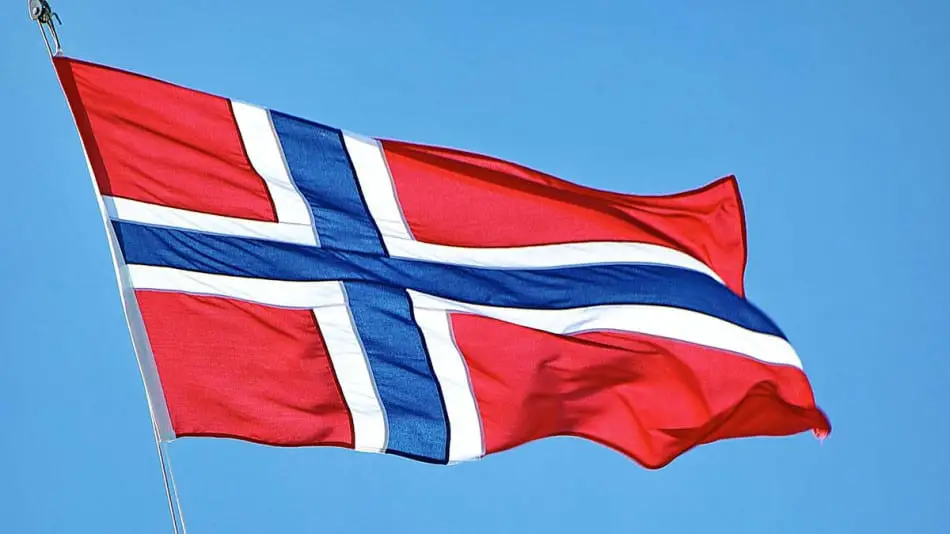
First, let’s take a look at some of the reasons why Norwegian is considered one of the easiest languages for English speakers to learn by themselves.
1) Shared Germanic Roots
Whenever you’re trying to learn a new language by yourself, it’s always advised to choose a language that has some similarities to your native tongue.
This is because it’ll make the learning process a lot easier and less daunting.
And as we mentioned earlier, Norwegian and English share Germanic roots. They come from the same West Germanic language family (which also includes Dutch, German, Afrikaans, and so on), which means that there are a lot of similarities between the two languages.
For instance, the Norwegian word for ‘welcome’ is ‘velkommen’, which is very similar to the English word.
This makes it easier for English speakers to guess the meaning of words even if they’ve never seen them before.
Here’s a table showing some more cognates between Norwegian and English:
| Word in English | Word in Norwegian |
| Cat | Katt |
| Door | Dør |
| Fish | Fisk |
| Glass | Glass |
| House | Hus |
| Morning | Morgen |
| Night | Natt |
| Stone | Stein |
| Grass | Gress |
| Paper | Papir |
| Orange | Oransje |
| Sick | Syk |
| Young | Ung |
As you can see, most of the words sound exactly the same, except for slight variations in spelling!
2) Easier Grammar Compared to Other Languages
Norwegian grammar is notoriously simple. There is a single non-neuter gender, no conjugation of verbs according to person, and very few irregular verbs.
Example – The Norwegian verb for ‘to have’ is ‘ha’. Whether it’s in first person, second person, or third person, the verb form stays the same. ‘I have’ is ‘jeg har’, ‘you have’ is ‘du har’, ‘he has’ is ‘han har’, and so on!
What’s more, the word order in Norwegian is almost exactly the same as in English. This means that you won’t have to spend hours upon hours memorizing new grammatical rules – you can just focus on vocabulary instead.
Example – The English sentence “I am eating an apple” would be translated to “Jeg spiser et eple” in Norwegian. As you can see, the word order is exactly the same!
With such simple grammar rules, you can easily learn Norwegian by yourself without getting too overwhelmed.
3) Lots of Opportunities to Practice
Another reason why Norwegian is so easy to learn is that there are plenty of opportunities to practice.
This is because Norway is one of the most English-friendly countries in the world! In fact, according to a study by EF Education First, Norway is one of the few countries with a ‘Very High Proficiency’ score in English.
This means that you’ll be able to find plenty of resources and materials to help you learn Norwegian, whether it’s online or offline.
And if you ever get stuck, there will always be someone around who can help you out!
-> Learn More about Self-Learning vs. Classroom Learning: Which Is Better?
How Can I Teach Myself Norwegian?
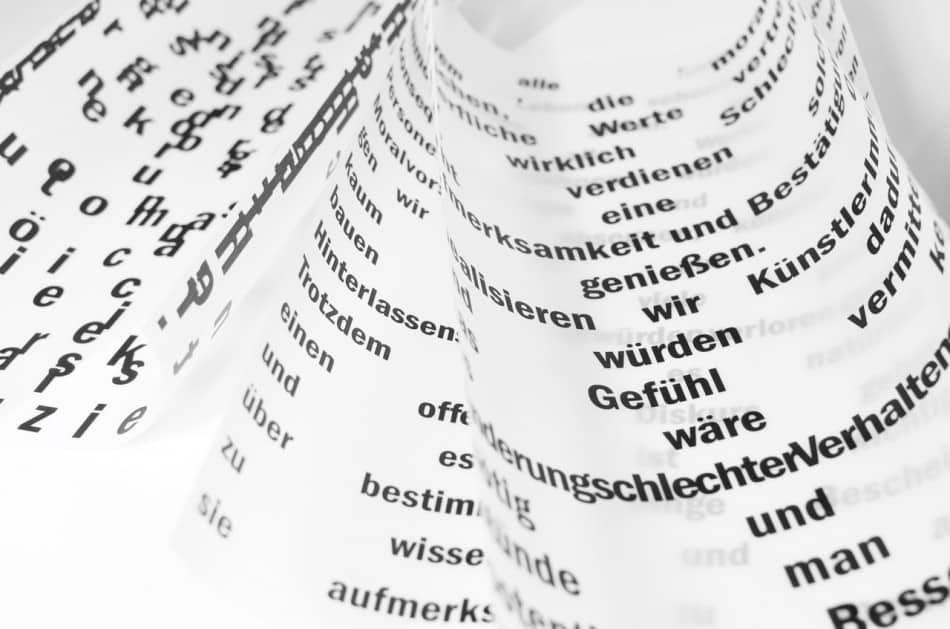
Now that we’ve looked at some of the reasons why Norwegian is such an easy language to learn, let’s take a look at how you can go about teaching yourself.
Step One: Familiarize Yourself with the Norwegian Alphabet
The first step to learning any language by yourself is to familiarize yourself with the alphabet.
This is because you’ll need to be able to read and write in the language before you can start learning vocabulary and grammar.
Luckily, the Norwegian alphabet is very similar to the English alphabet, so you shouldn’t have too much trouble familiarizing yourself with it.
In fact, there are only a few extra letters that you’ll need to learn: Æ, Ø, and Å.
Here are some key things to remember:
- There are 29 letters in the Norwegian alphabet – three more than in English!
- The letters ‘c’, ‘q’, ‘w’, ‘x’, and ‘z’, although there in the alphabet, are rarely used.
- The letters æ, ø, and å are considered separate letters, and are placed at the end of the alphabet.
Step Two: Read Children’s Books Written in Norwegian
Yes, you read that right! One of the best ways to learn a new language is to read children’s books written in that language.
This is because they’re designed to be easy to read, with short sentences and simple vocabulary.
And since they’re usually filled with pictures, it’ll be easier for you to guess the meaning of words even if you don’t know them.
One of the best things about this method is that it’s actually fun! You’ll feel like a kid again as you read these stories, and you’ll be surprised at how quickly you start picking up new vocabulary.
Note: If you’re not sure where to find Norwegian children’s books, one great place to start is Norli Library. Their website (https://www.norli.no/) has a wide selection of books that you can read online or borrow for free.
Step Three: Watch Norwegian Movies and TV Shows
Another great way to learn Norwegian by yourself is to watch movies and TV shows in the language.
This is a wonderful way to familiarize yourself with how the language sounds, as well as pick up on common words and phrases.
You’ll also get a fair idea about facial expressions and body language, which can come in handy when communicating with native speakers.
If you’re a visual learner, this method will be perfect for you!
Here are our recommendations of Norwegian films you can watch to learn the language:
- Trolljegeren (Trollhunter): Available on Netflix.
- Max Manus: Man of War: Available on Netflix and Prime Video
- Kon-Tiki: Available on Netflix and Prime Video
Step Four: Get Yourself a Norwegian Language Partner
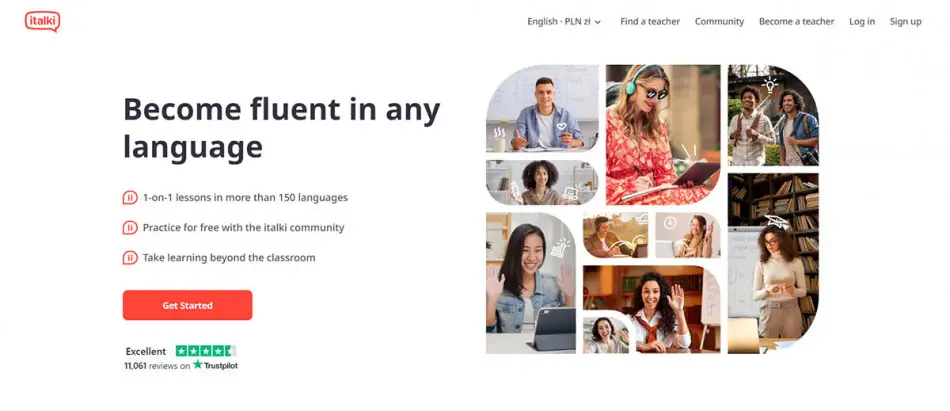
One of the best ways to learn a new language is to practice with a native speaker.
This is because they can help you with your pronunciation, and you can also get some insight into the culture and day-to-day life in Norway.
There are plenty of ways to find a language partner, but we recommend using ‘italki’ (https://www.italki.com/).
It’s a great platform that connects language learners with native speakers from all over the world.
And who knows? By learning Norwegian, you might just make a new friend in the process!
Step Five (Optional): Visit Norway!

We understand that this step isn’t possible for everyone. But if you do have the opportunity to visit Norway, we highly recommend it!
There’s nothing better than immersing yourself in the language and culture by actually living in the country.
You’ll be surprised at how quickly you pick up the language when you’re surrounded by it every day.
Just a few weeks of reading signboards, listening to people talk, and watching TV in Norwegian will do wonders for your language skills!
So, there you have it! Our five top steps for learning Norwegian by yourself. Just remember to be patient, and to have fun with it!
We promise that you’ll be speaking like a native in no time.
-> Learn more about the 7 best websites for self-learning
List of Resources to Help You Learn Norwegian Easily
When you’re learning a new language, it’s always helpful to have a few high-quality resources by your side.
Here are our top 3 must-have resources for anyone trying to learn Norwegian:
Duolingo
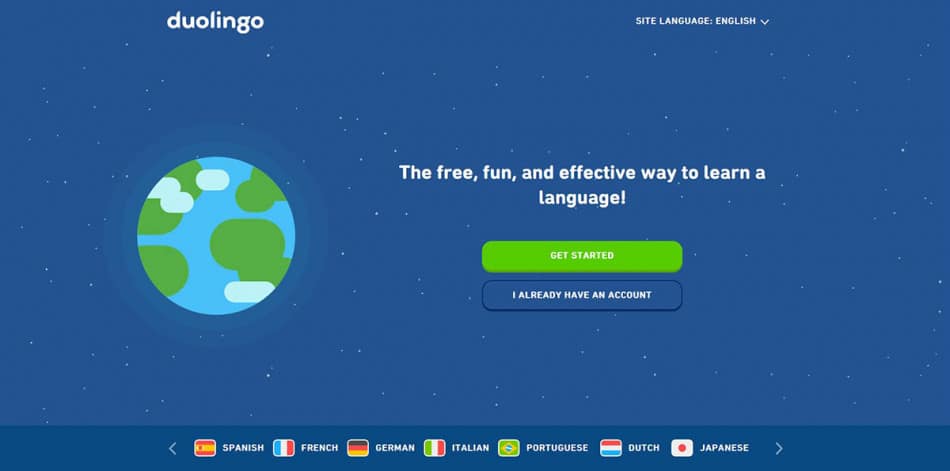
This should come as no surprise, as Duolingo is one of the most popular language-learning platforms out there. And for good reason! It’s a great way to learn the basics of Norwegian (or any other language) in a fun and interactive way.
Whether it’s reading, writing, or even speaking, Duolingo will give you a well-rounded introduction to the Norwegian language.
Plus, it’s completely free, so you’ve got nothing to lose!
Norwegian on the Web (NoW)

Norwegian on the Web is a free, entry-level course on Norwegian designed by experts at the Norwegian University of Science and Technology.
Although it is primarily for foreign students who want to study in Norway, it’s also great for anyone who wants to learn Norwegian on their own.
There are different sections for grammar, vocabulary, pronunciation, and even chapters on everyday topics such as food, shopping, and travel.
Link – https://www.ntnu.edu/now
Norsk-Engelsk blå ordbok (Norwegian-English Dictionary)
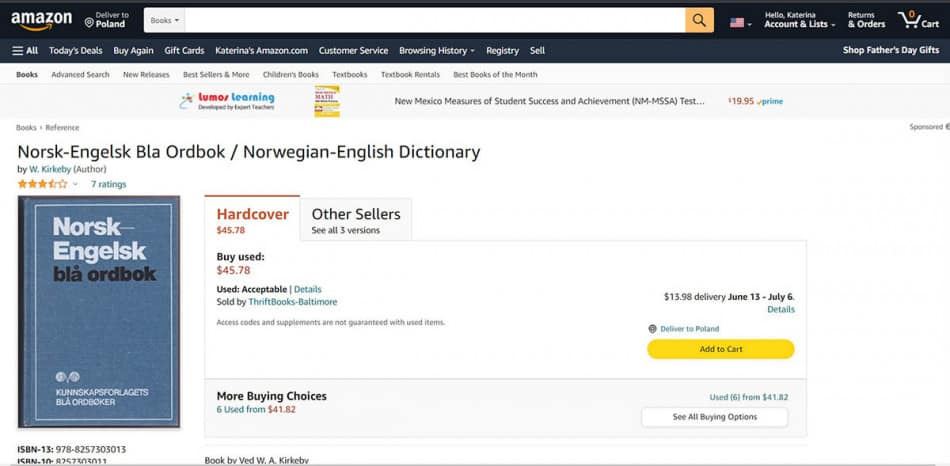
Considered one of the best Norwegian-English dictionaries out there, this dictionary is perfect for anyone starting to learn Norwegian.
It’s packed with over 200,000 entries and definitions, so you’re sure to find the word or phrase you’re looking for.
Here’s a link to the book – https://www.amazon.com/Norsk-Engelsk-Bla-Ordbok-Norwegian-English-Dictionary/dp/8257303011
Frequently Asked Questions (FAQs)
Let’s now take a look at some of the most commonly asked questions about learning languages.
Q.1. How long does it take to learn a new language?
Basic words can be learned in a few days, but you’ll need to use them in conversations. To hold a basic conversation and become semi-fluent, it can take several months to a year of daily practice. To master a new language, it will take many years and up to a decade.
Read more on this topic and learn ways to speed the learning process up: How Long Does It Take To Learn A New Language?
Q.2. Which is the most difficult language to learn by yourself?
A. There’s only one answer to this question – Mandarin Chinese. Mandarin Chinese is considered to be the most difficult language for English speakers to learn.
Although there are over a billion Mandarin speakers in the world, it can be a challenge to learn due to the complex grammar and tonal nature of the language.
Q.3. What is the oldest language in the world?
A. Tamil is considered to be one of the oldest languages in the world, with records dating back to around 300 BC.
It’s spoken by about 78 million people primarily in southern India and Sri Lanka.
Final Thoughts
Learning a language by yourself can be a challenge, but it’s definitely doable with the right resources.
Norwegian is one of the easiest languages to learn, but there are many other languages that are also easy to pick up.
The most important thing is to find a method that works for you and to stick with it.
Don’t give up – you’ll be speaking your new language in no time!






